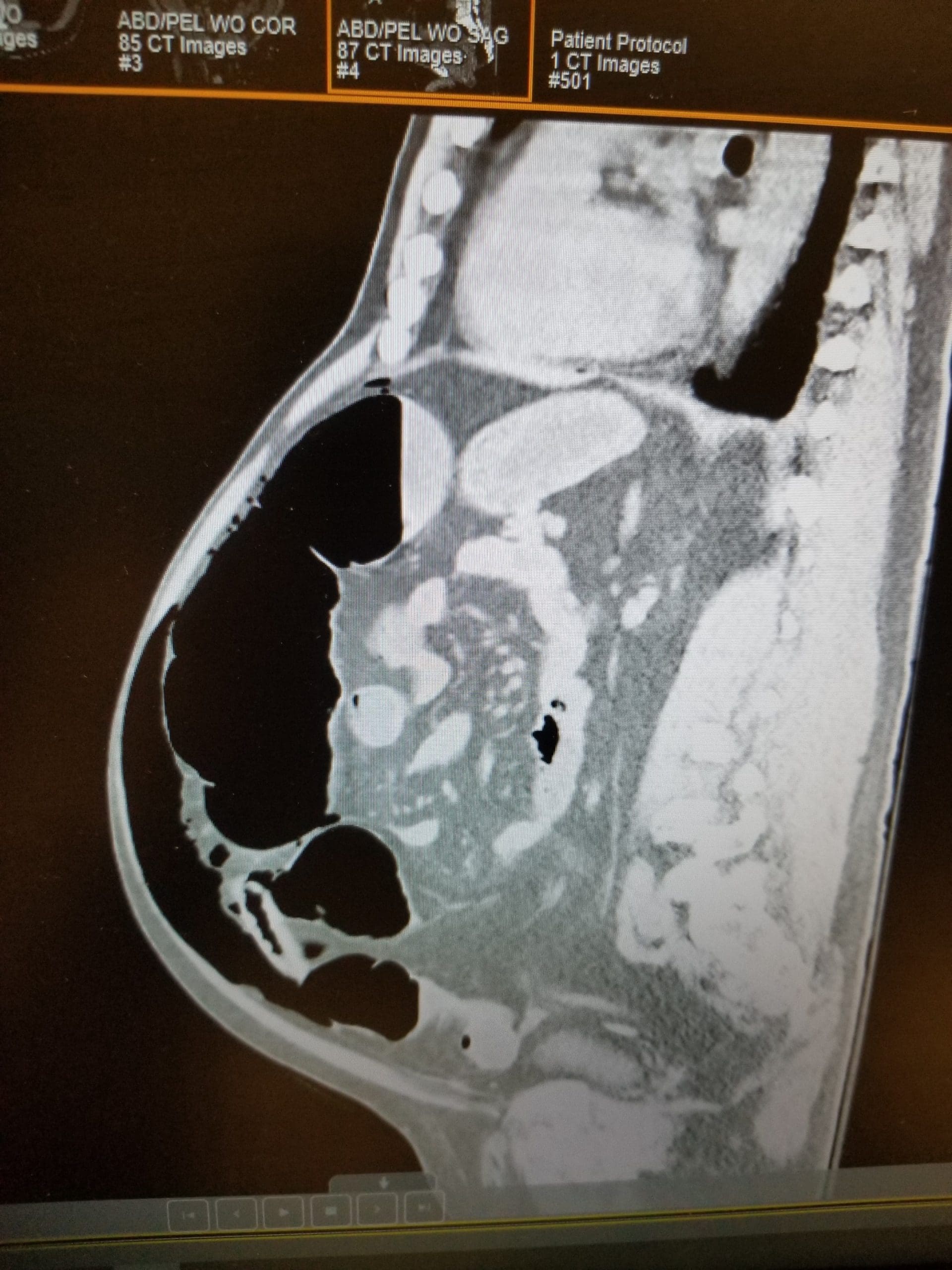Gastroenterology
Putting a stop to postop nausea and vomiting
GI distress after surgery is a scary prospect for patients, and an all-too-common reality. But it isn’t inevitable. Learn how to minimize your patients’…
Avoiding complications from an acute GI bleed
When a patient begins to vomit bright red blood, a nurse relies on his knowledge of Mallory-Weiss tears-and the adroit interventions of the rapid…
Preventing hypovolemic shock
Identify the signs of hypovolemia and intervene before hypovolemic shock develops.
Take Note – December 2007
Previous pneumonia vaccination reduces ICU admissions Among adults hospitalized for pneumonia, those who’ve been vaccinated against the disease are less likely than unvaccinated patients…
Ogilvie’s syndrome: No ordinary constipation
A patient complains of bloating, abdominal tenderness, and constipation. Nothing unusual? Maybe. But if you’re too quick to dismiss these symptoms, you could be overlooking…
Getting a grip on GERD
Most patients manage the heartburn, nausea, and belching of gastroesophegeal reflux disease with lifestyle changes and medications. But some may experience a dangerous symptom…
Handling with care: The bariatric patient
Technological advances, special equipment, and screening algorithms help healthcare facilities and nurses meet the needs of bariatric patients while reducing worker injury.
Fine-tuning your feeding-tube insertion skills
Even if you’re accustomed to inserting feeding tubes, the procedure can cause complications. The authors provide safety guidelines to help you make feeding-tube insertion safer.
Virtual colonoscopy: A noninvasive look at the colon
Colonoscopy minus the colonoscope; accuracy without invasiveness. These are just a few of the benefits of virtual colonoscopy.
Putting a stop to postop nausea and vomiting
GI distress after surgery is a scary prospect for patients, and an all-too-common reality. But it isn’t inevitable. Learn how to minimize…
Avoiding complications from an acute GI bleed
When a patient begins to vomit bright red blood, a nurse relies on his knowledge of Mallory-Weiss tears-and the adroit interventions of…
Preventing hypovolemic shock
Identify the signs of hypovolemia and intervene before hypovolemic shock develops.
Take Note – December 2007
Previous pneumonia vaccination reduces ICU admissions Among adults hospitalized for pneumonia, those who’ve been vaccinated against the disease are less likely than…
Ogilvie’s syndrome: No ordinary constipation
A patient complains of bloating, abdominal tenderness, and constipation. Nothing unusual? Maybe. But if you’re too quick to dismiss these symptoms, you could…
Getting a grip on GERD
Most patients manage the heartburn, nausea, and belching of gastroesophegeal reflux disease with lifestyle changes and medications. But some may experience a…
Handling with care: The bariatric patient
Technological advances, special equipment, and screening algorithms help healthcare facilities and nurses meet the needs of bariatric patients while reducing worker injury.
Fine-tuning your feeding-tube insertion skills
Even if you’re accustomed to inserting feeding tubes, the procedure can cause complications. The authors provide safety guidelines to help you make feeding-tube…
Virtual colonoscopy: A noninvasive look at the colon
Colonoscopy minus the colonoscope; accuracy without invasiveness. These are just a few of the benefits of virtual colonoscopy.
Test Your Knowledge
Cannabis TYK




NurseLine Newsletter
*By submitting your e-mail, you are opting in to receiving information from Healthcom Media and Affiliates. The details, including your email address/mobile number, may be used to keep you informed about future products and services.








